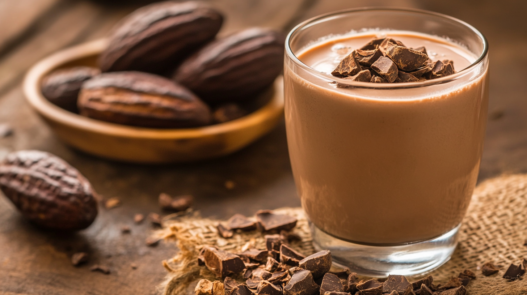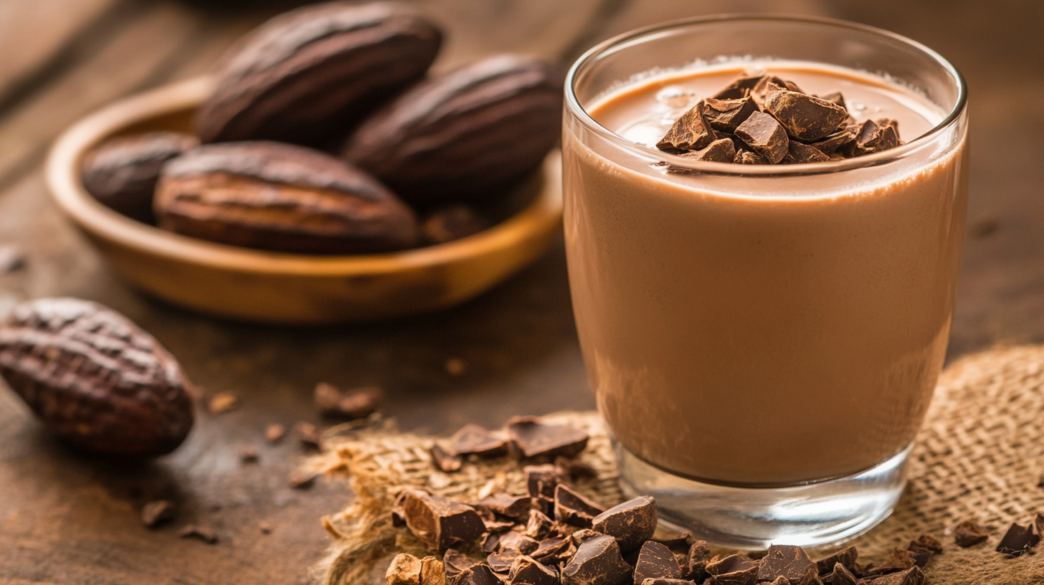Chocolate milk is more than just a tasty drink; it’s a cultural icon that has graced lunch tables across America for generations. Loved by children and adults alike, this sweet beverage has sparked debates among parents while maintaining a substantial presence in school cafeterias.
A Staple in American Lunches

Chocolate milk has been a beloved addition to school lunches, particularly in New York City, where approximately 60% of milk cartons served in schools are filled with this delightful concoction. This translates to an astonishing 60 million cartons consumed annually in the city’s lunchrooms alone! The beverage is often seen as a healthier alternative to sugary sodas, sparking discussions about its role in children’s diets.
The Origins of Chocolate Milk

But where did this delicious drink originate? The tale begins with Sir Hans Sloane, an Irish botanist who traveled to Jamaica in the early 1700s. During his stay, he was introduced to a local beverage made from cocoa, which he found unappealing on its own. However, by mixing it with milk, he created a more enjoyable drink. Upon returning to England, Sloane marketed this milk and cocoa blend as a medicinal tonic.
A Deeper Dive into History

While Sloane is often credited with the invention of chocolate milk, it’s essential to recognize that the concept of mixing cacao with milk predates him significantly. Historian Jame Delbougo points out that Jamaicans were already crafting a hot drink made from cacao shavings, milk, and spices as early as 1494. The rich history of chocolate dates back to 350 B.C., long before Sloane’s time.

European awareness of chocolate began in 1502 when Christopher Columbus returned from the Americas with cacao beans. However, it wasn’t until Hernán Cortés encountered the Aztecs in 1516 that Europeans learned to enhance the bitter drink with sugar and spices, a practice similar to what Sloane would later do with milk.
The Chocolate Milk Debate

The debate surrounding chocolate milk often revolves around its nutritional value. Critics argue that it contains empty calories and can contribute to childhood obesity, while supporters praise it as a means to encourage milk consumption among children. The conversation continues, with schools and parents weighing the pros and cons of including chocolate milk in children’s diets.
Frequently Asked Questions
1. Is chocolate milk healthier than soda?
Yes, chocolate milk is generally considered a healthier option compared to soda, as it contains nutrients like calcium and vitamin D while providing a sweet flavor.
2. Can chocolate milk be made at home?
Absolutely! You can easily make chocolate milk at home by mixing milk with cocoa powder and a sweetener of your choice.
3. What are the best types of milk to use for chocolate milk?
You can use any type of milk—whole, skim, almond, or oat milk—depending on your dietary preferences.
4. Why is chocolate milk popular in schools?
Its sweet flavor makes it appealing to children, and it serves as a way to increase milk consumption, which is beneficial for their bone health.
5. Are there alternatives to chocolate milk?
Yes, there are various alternatives, including flavored milk drinks made with natural ingredients, and homemade versions where you can control the sweetness and flavor.
Conclusion
Chocolate milk’s journey from a medicinal drink to a school lunch staple reveals its rich history and cultural significance. While the debate over its health implications continues, there’s no denying its place in the hearts (and lunchboxes) of many. So next time you enjoy a glass of chocolate milk, remember the fascinating journey that brought this delightful drink to your table.





















